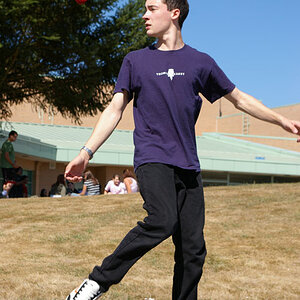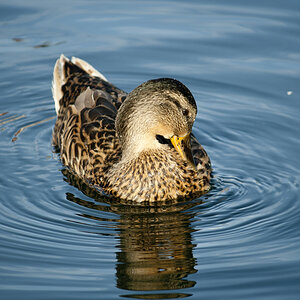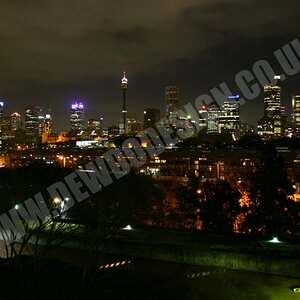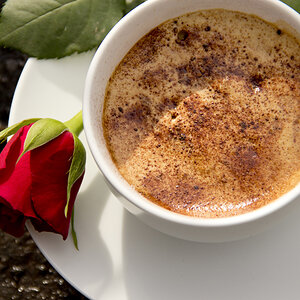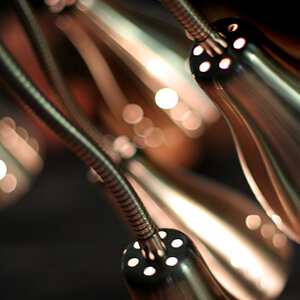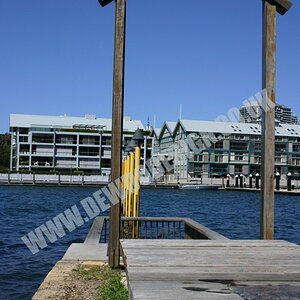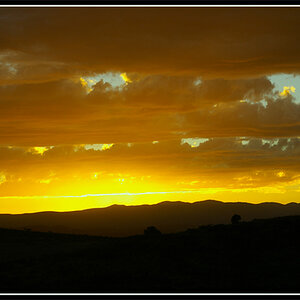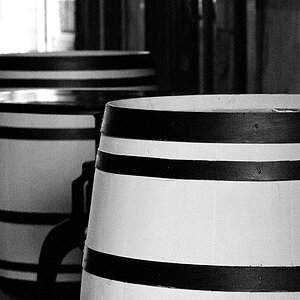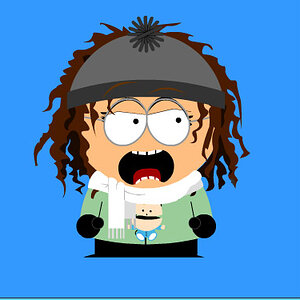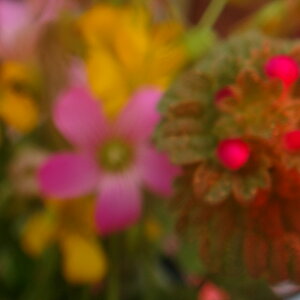- Joined
- Oct 16, 2012
- Messages
- 14,632
- Reaction score
- 7,562
- Can others edit my Photos
- Photos OK to edit
You just need to drive north a couple more hours, then you can find dark skies.
Oh I'll be spending a good amount of time up there this year. There's a chance I'll be co-hosting a workshop in Acadia for a week in June, and then I'll be spending about a month in Phippsburg again. I'm hoping to make it up to Baxter state park this year too
Baxter is dark. If you want some place even more remote go up to the county. Greenville is also super nice.




